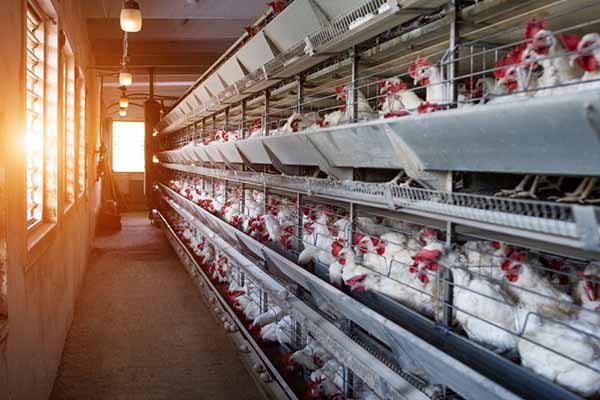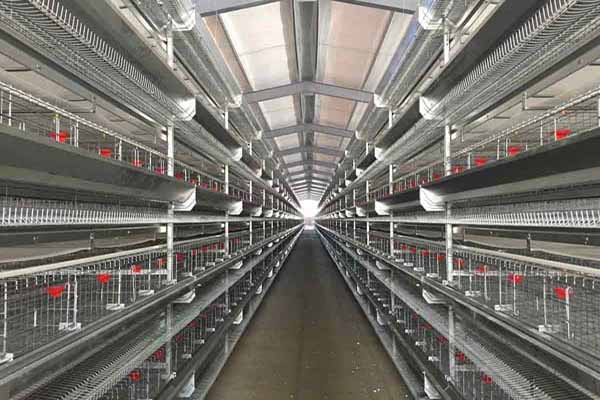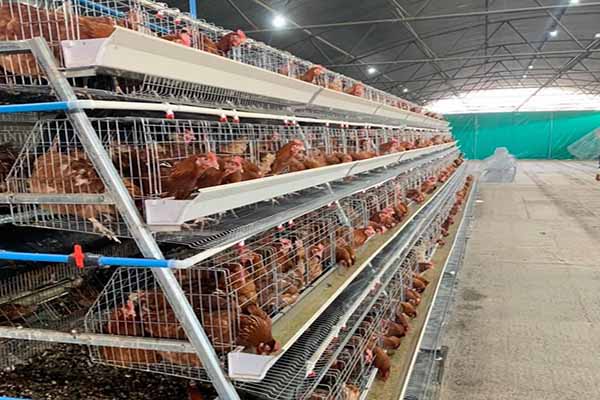Safety Standards for Kenyan Chicken Farming Equipment: Ensuring a Secure and Productive Environment
Time : 2025-04-25
Kenyan chicken farming has seen significant growth over the years, with more farmers adopting modern equipment to enhance productivity. However, with this growth comes the need for strict safety standards to protect both the chickens and the farmers. In this article, we’ll delve into the safety standards that are crucial for Kenyan chicken farming equipment, ensuring a secure and productive environment.
Introduction to Chicken Farming in Kenya
Kenya is one of the leading countries in Africa when it comes to chicken farming. The industry contributes significantly to the country’s economy, providing employment and food security. With the increasing demand for chicken meat and eggs, farmers are investing in advanced equipment to increase their output.

Importance of Safety Standards
Safety standards are essential in chicken farming, especially when it comes to using equipment. They help in preventing accidents, ensuring the well-being of the chickens, and protecting the farmers from potential harm. Here are some key safety standards that Kenyan chicken farming equipment should adhere to:
Equipment Design and Construction
Equipment should be designed with the safety of both the chickens and the farmers in mind. This includes using durable materials, ensuring smooth and safe operation, and having clear safety warnings. For instance, feeders and waterers should be easy to clean and maintain to prevent the spread of diseases.
Electrical Safety
Electrical equipment, such as lighting systems and heaters, must be properly installed and maintained to prevent electrical hazards. Regular inspections and maintenance are crucial to identify and fix any issues that could lead to accidents.
Proper Installation and Set-Up
When setting up new equipment, it’s vital to follow the manufacturer’s instructions carefully. This includes ensuring that all parts are securely fastened and that the equipment is properly grounded. Incorrect installation can lead to instability and accidents.
Training and Education
Training farmers and workers on how to safely operate and maintain the equipment is crucial. This includes understanding the equipment’s operation, identifying potential hazards, and knowing the correct procedures to follow in case of an emergency.
Regular Maintenance and Inspections
Regular maintenance and inspections are vital to ensure that equipment remains safe and operational. This includes checking for wear and tear,  loose fittings, and any signs of damage. Regular maintenance can prevent accidents and extend the lifespan of the equipment.
loose fittings, and any signs of damage. Regular maintenance can prevent accidents and extend the lifespan of the equipment.
Compliance with International Standards
Kenyan chicken farming equipment should comply with international safety standards such as those set by the International Organization for Standardization (ISO). Adhering to these standards ensures that the equipment is safe and reliable.
Government Regulati ons and Inspections
ons and Inspections
The Kenyan government plays a crucial role in ensuring that chicken farming equipment meets safety standards. Regular inspections by government agencies help to enforce these standards and protect both farmers and consumers.
Case Studies: Successful Implementations of Safety Standards
Several Kenyan chicken farms have successfully implemented safety standards, leading to increased productivity and reduced accidents. Let’s take a look at a few case studies:
- Farm A: By investing in high-quality, well-maintained equipment and providing comprehensive training to their staff, Farm A significantly reduced the number of accidents and improved overall farm efficiency.
- Farm B: Implementing regular maintenance schedules and adhering to international safety standards, Farm B has seen a remarkable improvement in chicken health and productivity.
- Farm C: With a focus on electrical safety and training, Farm C has created a safer working environment for their workers and reduced the risk of accidents.
Conclusion
Ensuring safety standards in Kenyan chicken farming equipment is not just about compliance; it’s about creating a secure and productive environment for both farmers and chickens. By adhering to these standards, farmers can protect their investments, improve the well-being of their chickens, and contribute positively to the country’s economy.
Additional Resources
For more information on safety standards for Kenyan chicken farming equipment, consider the following resources:











